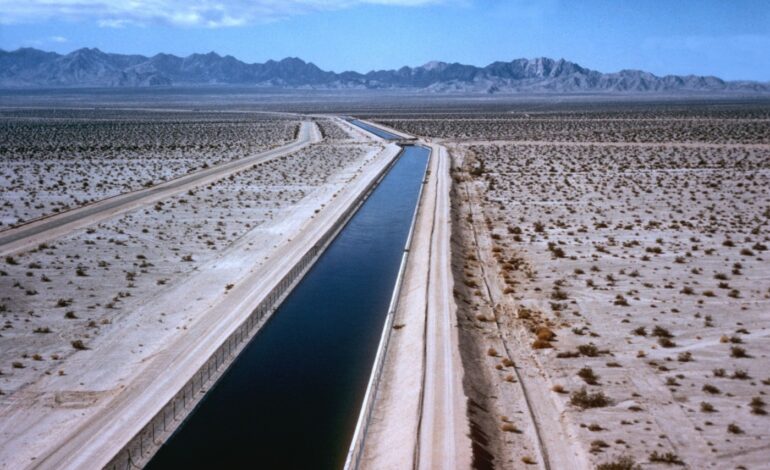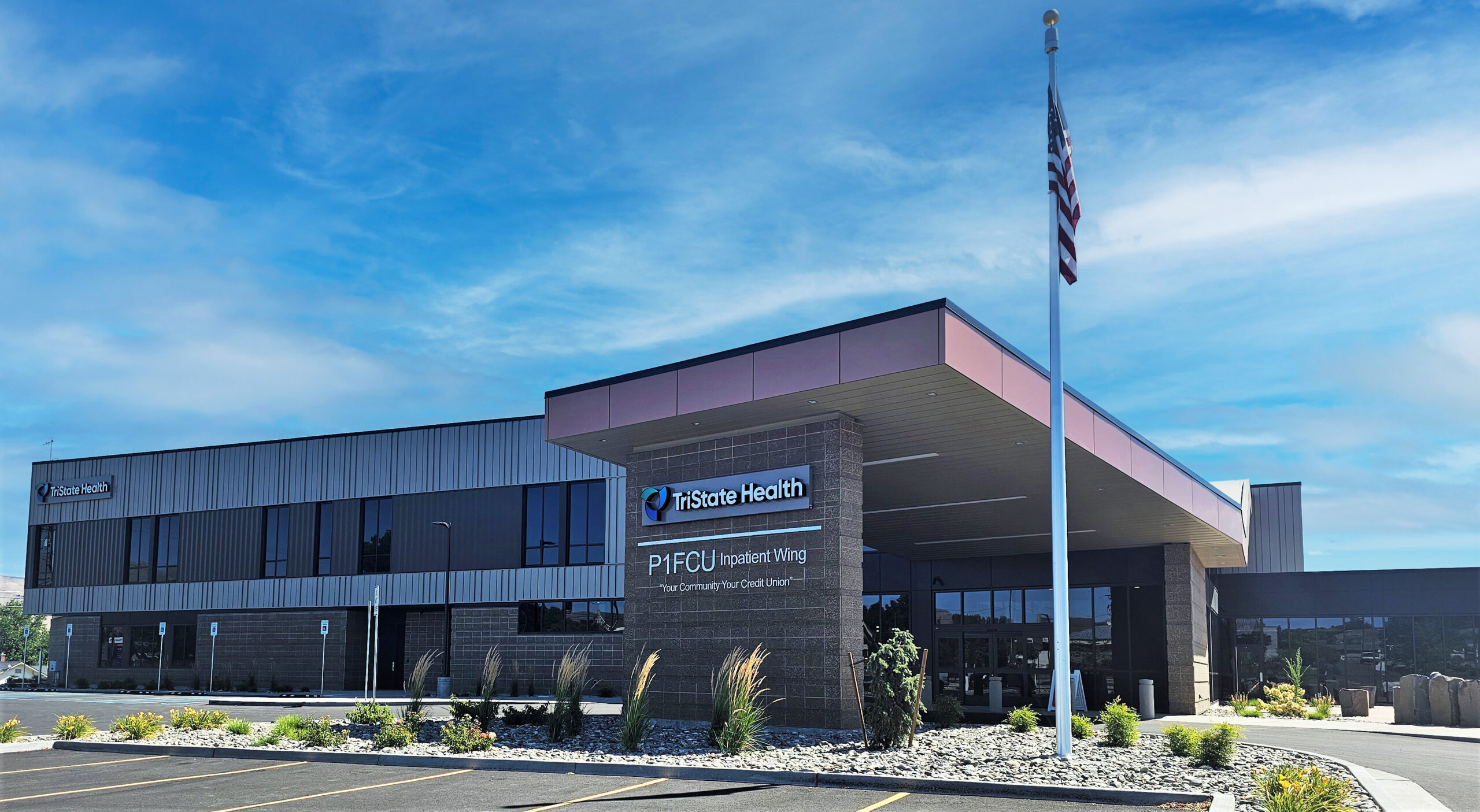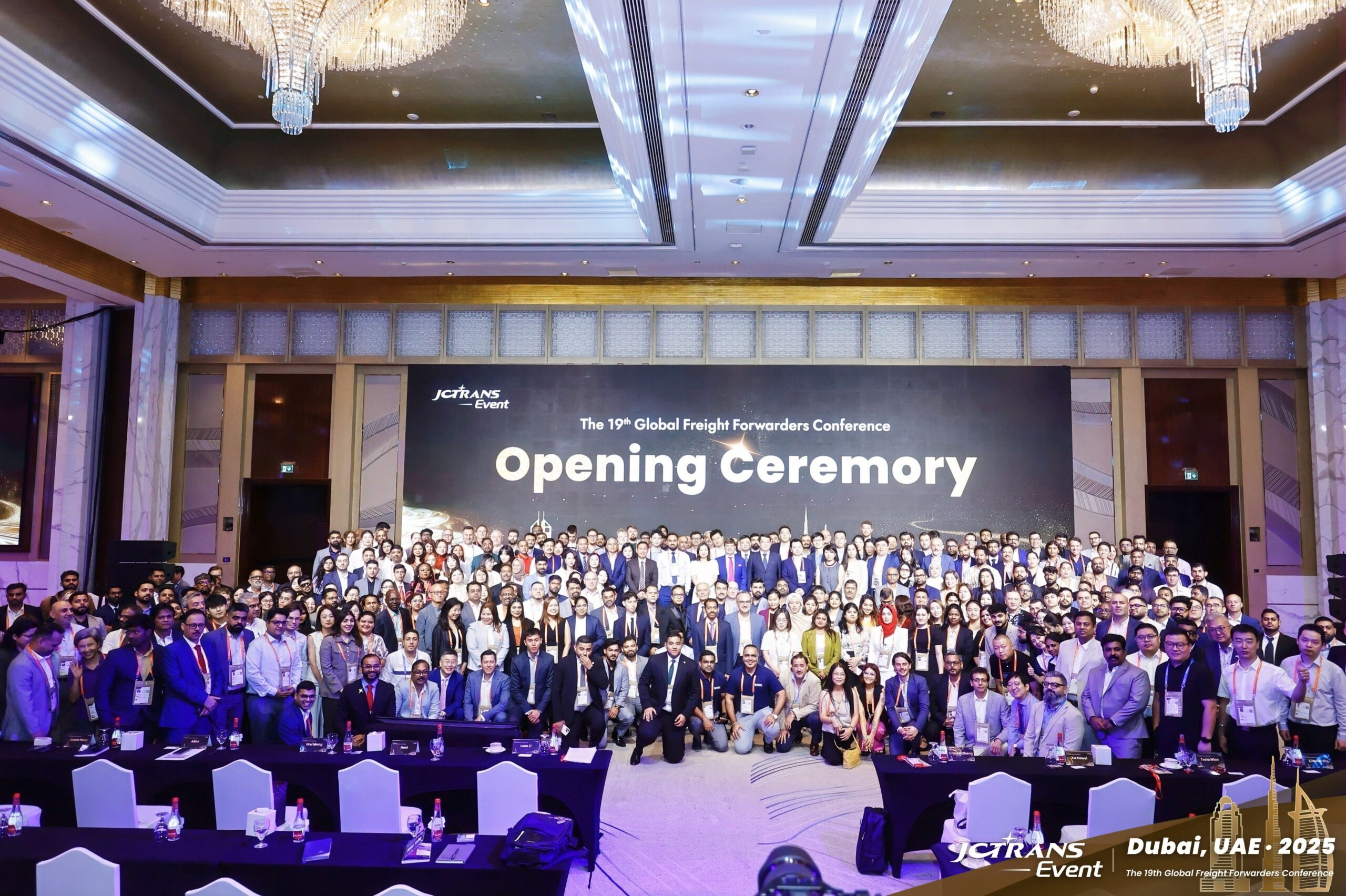Southern California’s Key Water Leadership Role Remains Vacant

The position of general manager at the Metropolitan Water District of Southern California remains unfilled as the district grapples with significant challenges regarding its future. This crucial role, which has seen three different holders in just five years, is expected to be filled by a leader who can provide stability, according to officials. Adán Ortega, chairman of the board at the district, emphasized the importance of finding a manager who will serve effectively for several years.
The Metropolitan Water District, established 97 years ago, is the largest water wholesaler in the United States. It supplies water to approximately 19 million residents across six counties by importing from the Colorado River and Northern California. The district employs over 1,800 workers and manages extensive infrastructure, including 20 reservoirs, 24 dams, and nearly 700 miles of aqueduct. Its annual budget, primarily sourced from property taxes and water fees, is around $2.4 billion.
Currently, the district is undergoing a two-step rate increase—11% this year, followed by 10% in 2026—aimed at sustaining its services. Additionally, it holds approximately $3.1 billion in bond debt.
The general manager’s role is pivotal in shaping water availability and pricing, impacting virtually every household in the region. With the board of directors having the final say on essential issues, the new leader will also be instrumental in navigating complex projects such as the Delta Conveyance Project, a proposed $20 billion pipeline project designed to facilitate the transfer of water from Northern California to Southern California. This project has faced both support and significant opposition from environmentalists and local communities.
A final decision regarding the Delta project is anticipated within the next three years, and while the district has funded feasibility studies, Ortega clarified that a firm commitment to the project has not yet been made. If constructed, the Metropolitan Water District could be responsible for covering at least 60% of the project’s costs.
Ortega stated, “There are several decision points coming up, and all of the decisions will happen within the next two to three years. This is really a transformative time for our region.”
The hiring process for the new general manager has drawn criticism for its perceived lack of transparency. As of now, the district has not publicly disclosed the names of finalists or provided details on the specific water-related issues under discussion. The most recent meeting, held on August 19, ended without an appointment or further announcements regarding the hiring timeline, although Ortega suggested that an update might be expected by late September.
Challenges surrounding the search have also been raised by Alan Shanahan, president of the district’s Employees Association, which represents about 1,300 workers. In a recent letter, he criticized the high level of secrecy and the absence of collaboration in the hiring process, expressing concerns that it could undermine trust among employees.
Shanahan remarked, “In our opinion, this lack of transparency gives a reasonable perception that decisions have already been made.” Others have voiced worries that the process might disproportionately favor contractors with vested interests in the district’s projects, a claim Ortega has denied.
The search for a new general manager highlights broader questions regarding the future of water resources in Southern California. Historically, the region’s growth has relied heavily on water imported from the Colorado River, but changing climate conditions and increased demand from other states are making this source increasingly unreliable. Moreover, population growth in the area is slowing, with some projections suggesting it may decline in the coming years.
Ortega noted that as water conservation efforts improve and demand decreases, the Metropolitan Water District may need to consider new strategies for water management. This shift in focus is reflected in the growing interest in the Pure Water project, a significant initiative aimed at recycling wastewater into drinking water. A pilot program is currently operational in Carson, with potential expansion costing up to $8 billion.
As the search for a general manager progresses, the board is considering candidates’ perspectives on the evolving landscape of water management. Ortega pointed out that the district aims to identify leaders who can navigate the changes facing the water industry in Southern California.
The hiring process may also reveal internal divisions among board members, particularly between those advocating for continued reliance on water imports and those favoring strategies that enhance local water independence. Shanahan expressed concern that secrecy in the hiring process could benefit the faction supporting the Delta project, stating, “They’re trying to ram that through the whole way.”
The debate over the direction of the Metropolitan Water District is emblematic of a broader philosophical divide within the board. Some members advocate for traditional, engineering-focused approaches that have characterized the district’s operations for decades, while others push for innovative solutions that emphasize sustainability and self-sufficiency.
As the district navigates these transformative decisions, the impact of the next general manager will be felt far beyond the boardroom. The outcome of this process will shape the future of water management in a region that has long relied on external sources, setting the stage for a potentially significant shift in how Southern California addresses its water needs.






